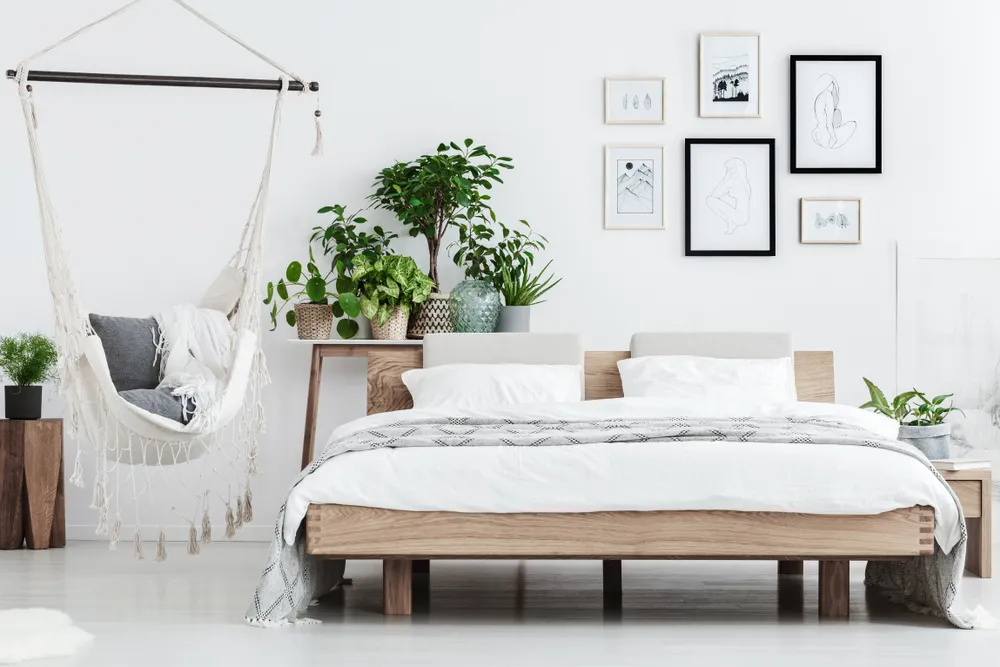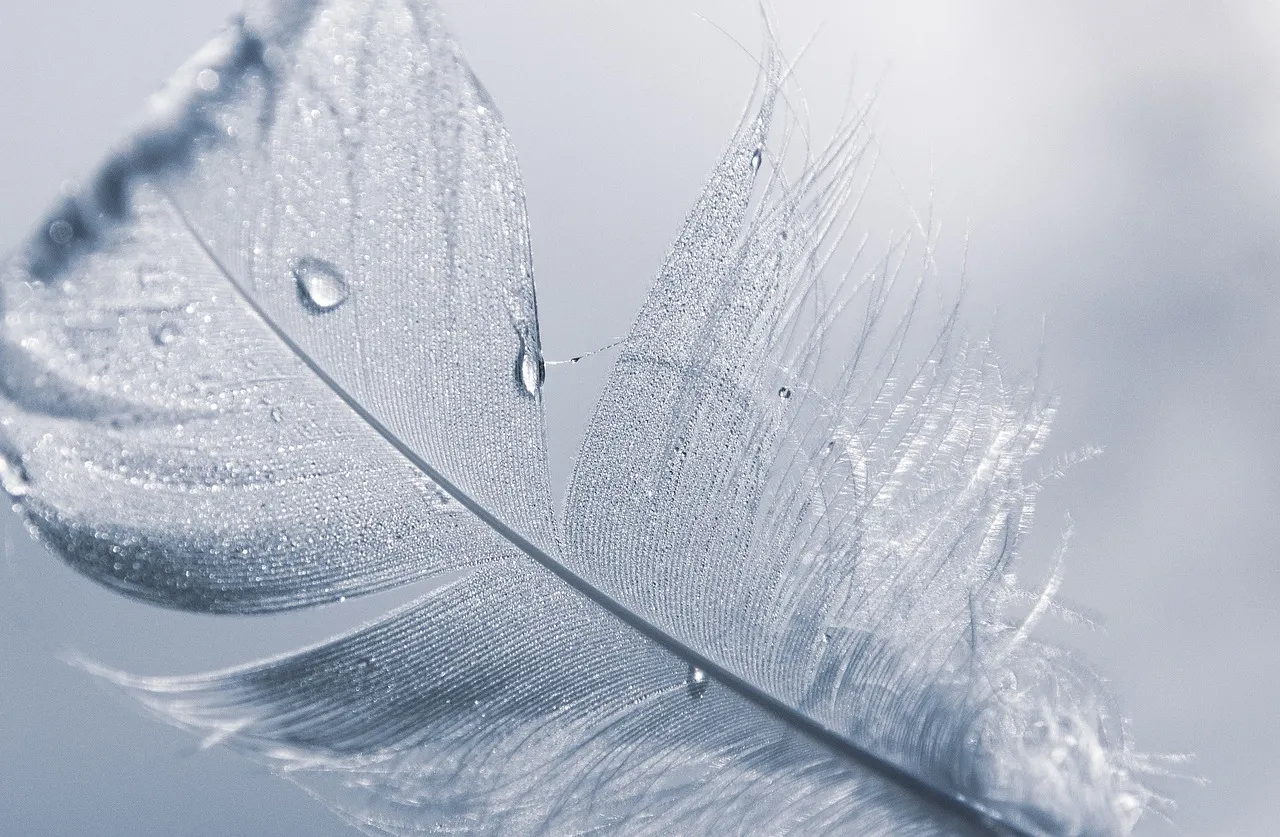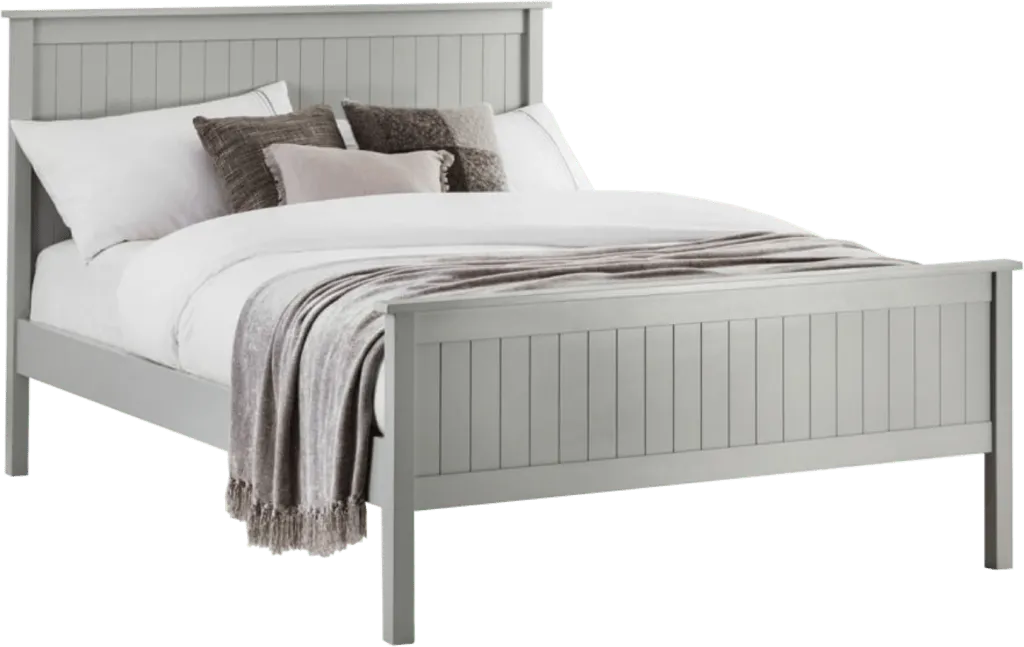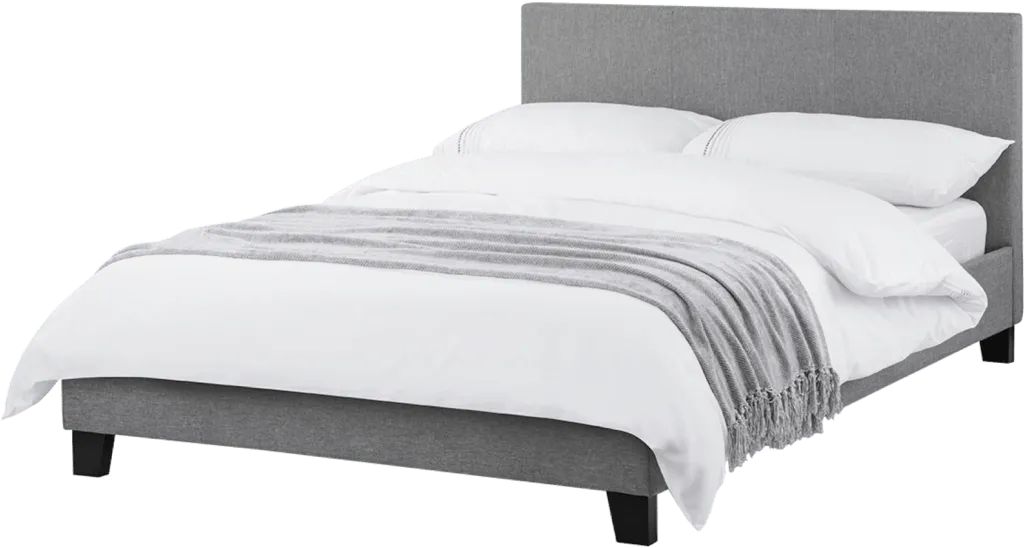History of Mattresses in the UK: How have Mattresses changed?
Whilst we love talking about everything mattress related, sometimes the history of mattresses gets overlooked. We believe it’s really important to understand how mattresses came to be what they are today.

So this guide is going to give you a whistle-stop tour of how our mattress industry has changed and evolved over the last few hundred years.
- What was the first mattress made of?
- 18th Century mattress design
- 19th century matress design
- 20th Century beds; the first pocket spring
- 1960’s & 1970s mattress design
- 1980’s & 1990’s mattress design
- The future of mattress design
What was the first mattress?
The earliest mattresses in the UK were little more than straw-filled sacks. These mattresses were simple and inexpensive, and were commonly used by the poor. Wealthier people would often sleep on beds made of wood, which were more comfortable and offered better support. Over time, however, mattresses began to evolve and improve. But what about mattresses around the globe?
The first known mattresses were made by ancient civilizations using whatever materials were accessible to them.
Straw and Leaves: One of the earliest materials used for mattresses was straw or leaves. Ancient Egyptians and Romans used straw-filled sacks as mattresses to provide a comfortable sleeping surface. These sacks were often laid on the ground or on raised platforms to provide insulation and cushioning.

Animal Skins: Animal skins, such as deer hides, were also used as early mattresses. These hides were filled with straw, hay, or other soft materials to create a comfortable sleeping surface.

Palm Boughs: In some regions, palm boughs were used to create a sleeping surface. Palm leaves were woven together to form a mat, which was then used as a mattress.
Feathers: Feathers were also used as mattress filling in some cultures. Ancient Europeans used sacks filled with feathers as a soft and comfortable sleeping surface.

Waterbeds: Another early form of mattress was the waterbed, which was invented in Persia around 3600 B.C. These early waterbeds were made from goat skins filled with water, providing a unique sleeping experience.
18th Century Mattress Innovation
In the 18th century, mattresses began to be made with more sophisticated materials. Feather beds, which were filled with goose or duck feathers, became popular among the wealthy showing their status and social mobility.
Overall, 18th century mattresses were made using natural materials such as straw, feathers, or hair for filling, and ticking fabric for the outer cover. Ticking, which is a tightly-woven fabric, was used to make the outer cover of the mattress. It was usually made from linen or cotton and was used to encase the mattress filling.
They were typically hand-stitched and quilted for durability and to keep the filling materials in place, and their construction varied depending on the availability of materials, region, and social class of the individual.
Quilting was also used in 18th century mattresses. It involved stitching through the ticking and filling layers to create a quilted pattern, which helped to keep the filling materials in place.
These beds were soft and comfortable but also very expensive. They were a luxury item that only the wealthiest could afford.
19th Century Mattresses: moving towards fibres & springs
As the 19th century dawned, mattresses continued to evolve. In 1805, a British inventor named Samuel Whitman patented a method for making a more comfortable and supportive mattress. Whitman’s mattress was filled with coiled springs. The coil spring mattress was born, and it would become the standard for decades to come.
Throughout the 19th century, the technology behind spring mattresses continued to improve. In 1865, a German inventor named Heinrich Westphal patented the first pocketed coil spring mattress. This mattress was made up of individual coils that were sewn into small fabric pockets.
The pocketed coil spring mattress was a significant improvement over earlier spring mattresses, as it offered better support and reduced motion transfer. This is when the first true bed innovation that revolutionised sleep occurred.
20th Century Mattress Development: from springs to Latex
In the early 20th century, mattresses began to be made with new materials. In 1901, the Dunlop Rubber Company invented the Dunlop process, which made it possible to produce latex foam. Latex foam mattresses were introduced in the 1920s, and quickly gained popularity due to their superior comfort and durability.
Around the same time, Savoir Beds are established as a luxury British mattress company that has been handcrafting bespoke beds since 1905. The company was founded by a Russian aristocrat named Mme. Yolande Batteau, who set out to create the most comfortable and luxurious beds in the world. The company quickly gained a reputation for their quality craftsmanship and attention to detail, and they became a favourite of royalty and celebrities around the world.
Savoir Beds has a rich history, having supplied beds for the Titanic, the Orient Express, and even the royal family.
During World War II, mattress production in the UK was limited due to shortages of materials. After the war, however, production resumed, and mattress technology continued to improve. In the 1950s, the first memory foam mattresses were introduced. Memory foam was invented by NASA as a way to improve the safety of aircraft cushions, but it was quickly adopted by mattress manufacturers due to its cheap comfort and support.
1960-1970’s Water Beds & Mattress trends
In the 1960s and 1970s, waterbeds even had a time in the UK. Waterbeds were made up of a large bladder filled with water, which provided a unique sleeping experience. Allowing as sleeper to feel like they were weightless at night!
What is a waterbed?
A waterbed is a type of mattress that is filled with water as its primary support system. It consists of a flexible, water-filled bladder or chamber that is typically made of vinyl or another type of durable plastic material, enclosed in a fabric or leather cover. The water inside the bladder provides support to the body, and the amount of water can be adjusted to customize the firmness or softness of the mattress.
Waterbeds were invented in the late 19th century, and they gained popularity in the United States in the 1960s and 1970s. There are two main types of waterbeds:
- Hard-sided waterbeds: These have a wooden or metal frame that supports the water-filled bladder. The frame may also have drawers or storage compartments.
- Soft-sided waterbeds: These have a foam frame or enclosure that surrounds the water-filled bladder, providing a more traditional mattress-like appearance.
Waterbeds are known for their unique floating sensation and ability to conform to the body’s shape, which can provide pressure relief and reduce motion transfer. They are also known for their potential to be heated, as the water can be warmed using a thermostat-controlled heating system, which can provide warmth during colder months.

However, waterbeds also require special care and maintenance, such as adding water conditioner chemicals to prevent algae growth, as well as the need for a sturdy and supportive bed frame to accommodate the weight of the water-filled bladder. Waterbeds are less common today compared to traditional mattresses, but they still have a dedicated following among some sleepers who enjoy their unique feel and benefits.
While waterbeds were popular for a time, they ultimately fell out of favour due to their high cost and maintenance requirements. I would also argue that they may have some connotations that have not translated well for today’s market, oh LaLa!
1980s and 1990’s Mattress Innovation
In the 1980s and 1990s, mattress technology continued to improve. Air mattresses were introduced, which allowed users to adjust the firmness of the mattress to their liking. Pillow-top mattresses, which featured an additional layer of padding on top of the mattress, were also introduced during this time, often with disastrous sagging consequences that badly damaged their reputation.
Around this time two chaps met in the North of England – Manchester to be precise. From this initial meeting in a historic local watering hole called Jackson’s Boat, Ryan and John launched the first and arguably most reputable ever, online luxury mattress retailer.

John Ryan By Design has been providing luxury mattresses direct to consumers ever since. The original and always the best!
In recent years, there has been a growing demand for eco-friendly and organic mattresses. These mattresses are made from natural materials such as cotton, wool, and latex, and are free from harmful chemicals and toxins. See our Artisan Range.
In addition, there has been a growing trend towards online mattress shopping, offering high-quality mattresses that can be ordered online and delivered directly to the customer’s doorstep.
In addition to the evolution of mattress technology, the mattress industry in the UK has also been shaped by economic, social, and cultural factors. For example, the availability of materials, advances in manufacturing technology, and changes in consumer preferences have all had an impact on the development of mattress technology over time.

Furthermore, the mattress industry in the UK has played a significant role in shaping the wider economy. In the early 19th century, the introduction of spring mattresses helped to drive the growth of the metalworking industry, as manufacturers began to produce coils and springs in large quantities. Similarly, the introduction of foam mattresses in the 20th century helped to spur the growth of the chemicals industry.
The Future of mattress design & Manufacture
Today, the mattress industry in the UK is a thriving and competitive market, with a wide range of products available to consumers. From budget-friendly foam mattresses to high-end luxury pocket sprung mattresses, there is a mattress to suit every budget and preference.
But what is next in terms of construction methods and materials? Whilst many new methods of providing mattress support have been invented, such as the Octopspring, FEPS, Castellated foam, Water, Air and such. Nothing has ever outperformed the trust pocket spring.
In our opinion, the following will become the next phase of mattress design:
- Custom-shaped mattresses for smaller rooms to maximise space (ie non standard sizes)
- Newer natural fibres becoming more readily available such as Vicuna
- Fully adopted mattress recycling (sadly most manufacturers don’t produce mattresses that can be recycled – we do)

In conclusion, the history of mattress making in the UK has been a long and fascinating journey, driven by a desire for comfort, support, and innovation. From the humble straw-filled mattresses of the past to the high-tech, eco-friendly mattresses of today, the evolution of mattress technology has been shaped by the needs and desires of consumers.
From which era does your mattress belong? Time for a new mattress? Then why not get in touch with our small friendly team below?
If you would rather speak to someone about help in shortlisting suitable new mattresses, call our small expert team for free advice on 0161 437 4419.


Ask us a question.
There are over 6000 questions and answers submitted by you on all questions about mattresses and bed problems. Enter a keyword such as Vi Spring, John Lewis beds, bad back or Memory Foam and see if your question has already been answered.
You can filter popular questions by the categories below. If you can’t find an answer, ask a new question below. We aim to respond to all questions within one working day.





































 Mattresses
Mattresses  Take our mattress quiz
Take our mattress quiz  Contact
Contact  About us
About us 


